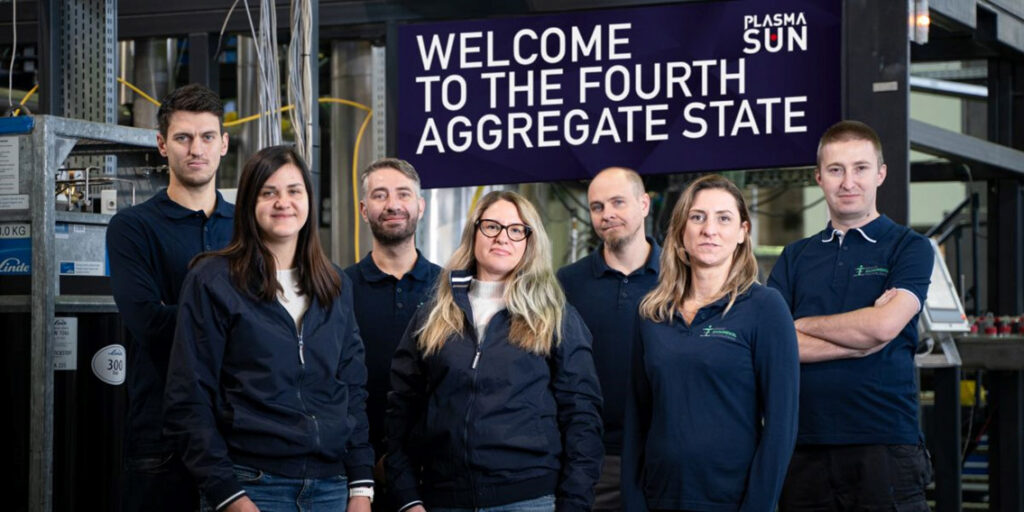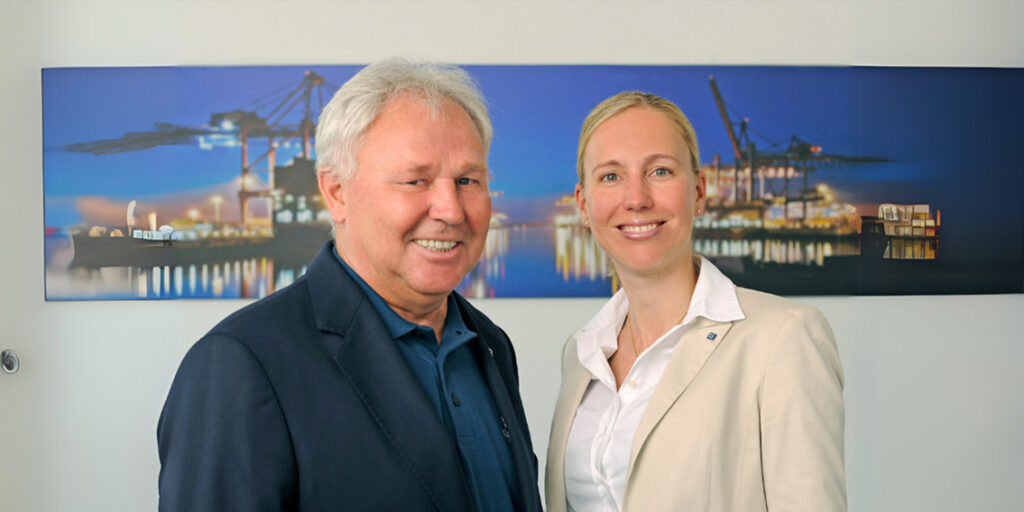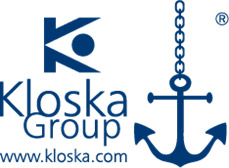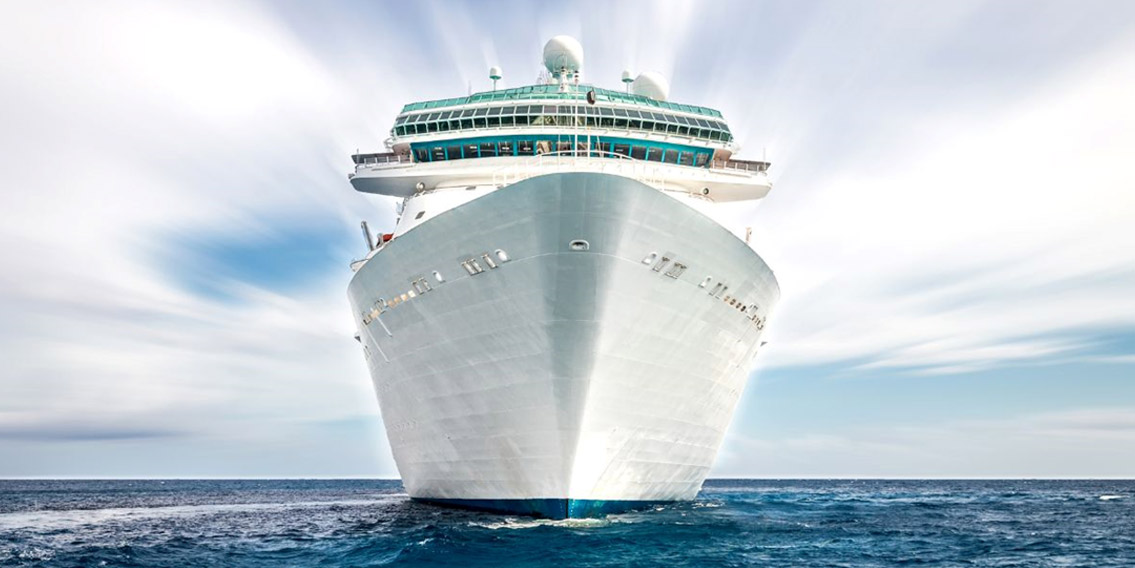Green Offshore Technology: Plasma Pyrolysis for Sustainable Waste Management on Ships
Waste disposal on ships and its environmentally harmful processing represent a global challenge that is becoming increasingly urgent due to the rising number of ship voyages and passengers.
Ships with smaller crews can often manage this issue relatively well by collecting waste on board and disposing of it at the next port—even after several weeks at sea. However, for cruise ships carrying up to 10,000 people, this waste disposal method is unfeasible. On one hand, these passenger ships often visit remote, idyllic islands—destinations with palm-lined beaches and crystal-clear waters. But these seemingly untouched paradises come with a downside: the small local communities inhabiting these islands lack the infrastructure and capacity to handle the massive volumes of waste generated by such floating megacities. On the other hand, the pristine charm of these destinations must be preserved for the passengers. No one disembarking to explore tropical markets or waterfalls wants their experience tainted by the stench of waste or overflowing garbage bins.
Despite comprehensive approaches to waste management, such as recycling or upcycling, tons of waste are still being disposed of daily in environmentally harmful ways, releasing greenhouse gases like methane (CH₄) and CO₂. Current measures and national commitments remain insufficient to meet the Paris Agreement’s goal of limiting global warming to 1.5°C.
In this context, sustainable and environmentally responsible waste management onboard ships is essential. For over 40 years, waste has often been incinerated in onboard combustion systems. These systems reduce waste to only 1–2% of its original volume. However, uncontrolled combustion processes frequently result in harmful emissions such as NOₓ, SOₓ, and CO₂. To conceal the resulting black smoke clouds, these systems are often operated at night and far out at sea.
Info Box:
NOₓ, SOₓ, and CO₂ are pollutants generated during combustion processes that significantly harm the environment and human health. NOₓ (nitrogen oxides) contribute to the formation of ground-level ozone and acid rain, damaging plants, soil, and water while irritating respiratory systems and causing long-term lung issues. SOₓ (sulfur oxides) also cause acid rain, harm forests and aquatic ecosystems, and contribute to poor air quality through fine particles, exacerbating cardiovascular and respiratory diseases. CO₂ (carbon dioxide) is the primary greenhouse gas driving global warming and indirectly increasing health risks such as heatwaves and the spread of diseases.

Until now, suitable technologies for treating waste in a way that does not restrict ship operations or further harm the environment have been lacking.
This has now changed: Ermafa Environmental Technologies, in partnership with Ocean Clean from Rostock, has closed this critical gap. Combining cutting-edge environmental technology with maritime expertise, this collaboration offers groundbreaking solutions for the shipping industry. In recent years, Ermafa Environmental Technologies, also called EET, has developed an innovative plasma-based technology capable of efficiently and environmentally treating all waste streams generated on a ship.
The process is based on plasma pyrolysis, a method in which waste undergoes thermal decomposition without oxidation – that is, in the absence of oxygen—at temperatures exceeding 3,000 Kelvin (2,726.85°C). This process converts mixed waste of all kinds directly onboard into synthesis gas (H₂ + CO).
This technology enables a drastic reduction in CO₂ emissions compared to traditional combustion processes. Depending on the type of waste and operating conditions, these emissions can be reduced almost to zero. The resulting synthesis gas can be used for engines, effectively reducing waste while producing a valuable end product: a sustainable energy source. Additionally, solid carbon is generated, which can be reused for various applications, like tires, filter systems and cement.
A cruise ship with approximately 6,000 passengers and crew members could use this method to convert around 5,000 tons of waste into energy annually. This would save approximately 1,750 tons of fuel and prevent the emission of roughly 4,600 tons of CO₂.
Another advantage of this technology is its ability to retrofit existing waste incineration systems for exhaust gas cleaning. The exhaust gases are passed through plasma under the same thermal conditions—oxygen-free and at temperatures exceeding 3,000 Kelvin—breaking them down into their chemical components. This can reduce CO₂ emissions to an astonishingly low level of less than 1%.
The use of this revolutionary technology on cruise ships demonstrates how sustainability and technological innovation can work hand in hand to significantly reduce the environmental footprint of the shipping industry.
Infobox: Who is Ocean Clean from the Kloska Group
From Bremen to the world – and always close to the customer!
The story of the Kloska Group began in 1981 on a small scale, with just three people, a big vision, and the motto: „Impossible is not an option!“
Today, more than 40 years later, the Kloska Group is an internationally active family business with 800 dedicated employees and 30 locations worldwide, like Ocean Clean.
Their mission -> Always close to the customer, providing tailor-made solutions for shipping, shipyards, on-/offshore, industry, logistics, construction, and craftsmanship.
Family tradition, innovation, and customer focus – that’s what defines them.
Together, we are proud to be working towards a cleaner future!



